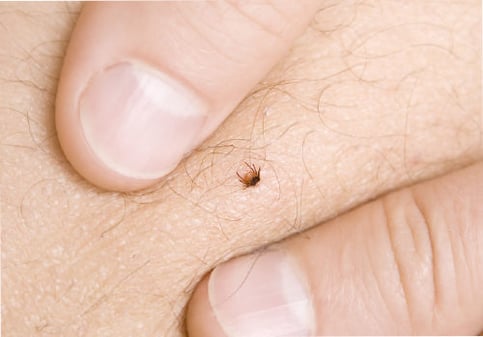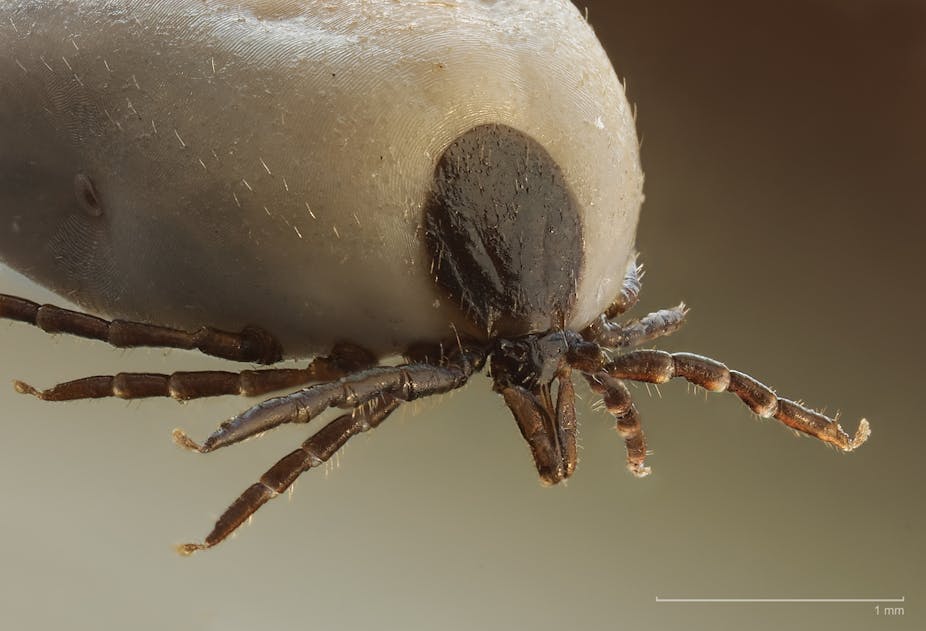Discover the Conveniences of Signing Up With the Lymecare Alliance Today
Discover the Conveniences of Signing Up With the Lymecare Alliance Today
Blog Article
Understanding Lyme Illness-- Crucial Awareness for Prevention
Lyme condition remains a substantial public health issue, mostly sent via the bites of infected ticks, especially in areas with thick plant life. Understanding its transmission, symptoms, and safety nets is crucial for mitigating risks connected with this potentially incapacitating health problem. The very early recognition of Lyme condition is crucial, yet numerous individuals stay uninformed of its symptoms or the atmospheres that present the highest possible threat. As we discover the ins and outs of this condition, one need to take into consideration not just the clinical ramifications however likewise the useful steps for effective prevention. What strategies can truly safeguard against this concealed risk?
What Is Lyme Illness?
If left neglected, Lyme condition can progress to extra severe stages, possibly affecting the joints, heart, and anxious system. The disease can be challenging to detect, as its signs can mimic those of various other ailments.
Timely acknowledgment and therapy are important in taking care of Lyme disease and stopping complications, with early antibiotic treatment typically bring about favorable results.
Just How Lyme Disease Spreads
Lyme illness mostly spreads out through the bite of infected black-legged ticks, likewise recognized as deer ticks, which carry the germs Borrelia burgdorferi. These ticks are generally found in wooded or grassy locations, often residing on bushes or reduced plant life. They call for a blood meal from a host, such as animals or humans, to flourish and replicate.
Transmission generally happens when ticks connect to the skin and continue to be for a prolonged period, usually 24 to 48 hours. The risk of infection enhances with the period of add-on, as the microorganism is sent from the tick's saliva right into the host's blood stream. Ticks can be energetic throughout warmer months, particularly in springtime and summer season, making exterior tasks a possible threat for direct exposure.
While black-legged ticks are the main vectors, other types, such as the Western black-legged tick, can likewise transmit Lyme illness. It is vital to be attentive in locations where ticks are common. Preventative steps include wearing safety garments, utilizing tick repellents, and carrying out extensive tick checks after outdoor tasks to reduce the likelihood of attacks and succeeding transmission of Lyme illness.
Symptoms and Medical Diagnosis
Identifying the signs of Lyme disease is crucial for prompt diagnosis and treatment, as very early treatment can substantially impact recuperation. One of the most recognizable very early sign is the erythema migrans rash, which looks like a circular, red sore with a central clearing, often appearing like a "bull's- eye." This rash typically establishes within 3 to thirty days after a tick bite and might be gone along with by flu-like symptoms such as high temperature, chills, tiredness, muscle pains, and frustrations.

Diagnosis of Lyme condition mainly relies upon medical evaluation, considering the patient's signs and possible exposure to ticks in native areas. Lab examinations, consisting of enzyme-linked immunosorbent assays (ELISA) complied with by Western blot tests, can support the diagnosis but are not conclusive in early-stage recommended you read Lyme disease. Prompt recognition and diagnosis are vital for launching suitable antibiotic treatment, which is most reliable when administered early in the illness training course.
Prevention Methods
Preventing Lyme disease needs a positive technique, particularly for individuals who spend time in areas where ticks are prevalent. The first line of defense involves wearing suitable clothes, such as long sleeves and long pants, ideally made from snugly woven textiles - Lymecare Alliance. Light garments can aid in detecting ticks extra conveniently. Furthermore, putting pants into socks and using tick-repellent products containing DEET or permethrin can significantly lower the threat of tick add-on.
Frequently examining oneself, children, and pet dogs for ticks after outside activities is critical. Ticks must be quickly removed making use of fine-tipped tweezers, grasping them as close to the skin's surface area as possible. It is advisable to click here to find out more bath within two hours of returning inside, as this can help remove ticks before they affix.

Therapy Options
Effective management of Lyme illness hinges on prompt and proper therapy options, which mainly include antibiotic therapy. Early localized Lyme illness is frequently treated with oral prescription antibiotics such as doxycycline, amoxicillin, or cefuroxime axetil for a duration of 10 to 21 days.
In situations of early distributed Lyme illness, where neurological or cardiac signs may emerge, a longer program of dental antibiotics or intravenous antibiotics might be called for. For people experiencing persistent signs after initial treatment, known as Post-Treatment Lyme Disease Disorder (PTLDS), a much more complicated administration strategy might be view it called for. This can include a multidisciplinary method, dealing with not just the physical signs however also emotional elements, as tiredness and cognitive difficulties prevail.
It is crucial for individuals to take part in open communication with their medical care carriers to tailor treatment strategies to their particular requirements, guaranteeing the best feasible results in the management of Lyme illness.
Conclusion
Lyme illness postures significant health and wellness threats primarily due to its transmission using infected black-legged ticks. Continued understanding and education and learning concerning Lyme disease are vital in minimizing its influence, thereby promoting healthier neighborhoods and guarding public wellness against this pervasive tick-borne disease.
Lyme illness largely spreads through the bite of infected black-legged ticks, also understood as deer ticks, which bring the germs Borrelia burgdorferi. Lymecare Alliance.While black-legged ticks are the main vectors, various other types, such as the Western black-legged tick, can additionally send Lyme condition. Preventative actions consist of putting on safety clothes, utilizing tick repellents, and carrying out complete tick checks after exterior tasks to minimize the probability of attacks and succeeding transmission of Lyme illness
Diagnosis of Lyme illness mainly relies on clinical evaluation, taking into account the person's signs and symptoms and possible direct exposure to ticks in endemic areas.Lyme condition postures substantial wellness dangers mainly due to its transmission via contaminated black-legged ticks.
Report this page